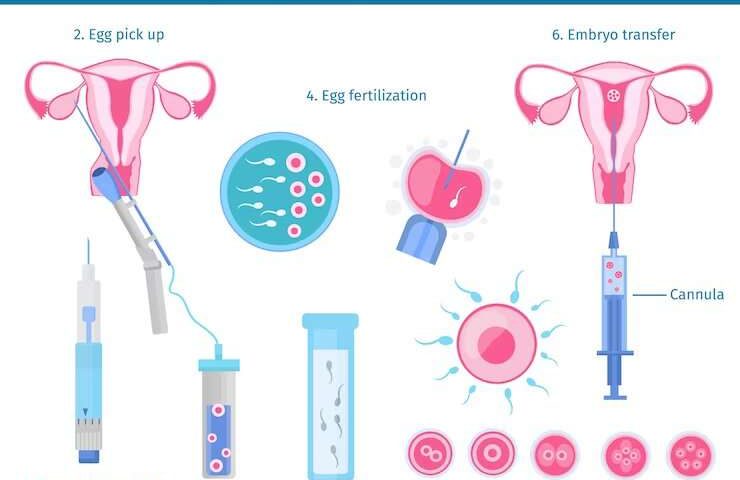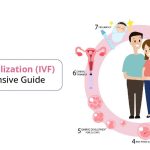
Your Guide to the Boston IVF Patient Portal: Everything You Need to Know
April 5, 2025IVF: What You Need to Know About This Life-Changing Journey
In vitro fertilization, or IVF, is a term you might have heard tossed around on TV shows, in magazines, or maybe even from a friend. It’s one of those things that sounds super scientific—like something out of a sci-fi movie—but it’s actually a real-life option for people who dream of starting a family. IVF is when doctors take an egg and sperm, mix them together in a lab (not your body!), and then place the resulting embryo into the uterus to hopefully grow into a baby. Cool, right? But there’s so much more to it than just that simple explanation.
If you’re curious about IVF—what it is, how it works, and all the juicy details most people don’t talk about—you’re in the right place. This article is your deep dive into everything IVF. We’ll uncover the stuff you won’t find in a quick Google search, like the surprising hobbies people pick up during the process, the secret worries they don’t share, and the latest research that could change how you think about it. Whether you’re thinking about IVF for yourself, supporting a loved one, or just nosy about how it all goes down, stick with me. Let’s break it all down together—step by step, no fluff, just the real stuff.
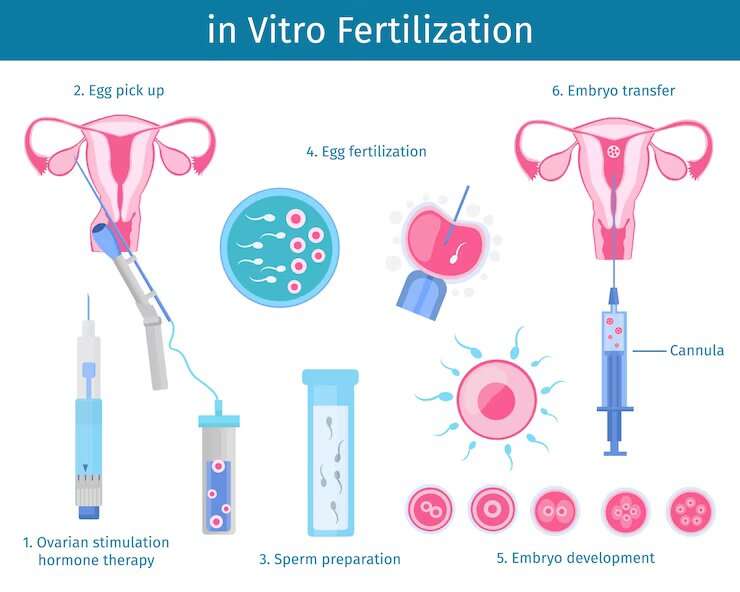
What Exactly Is IVF? The Basics You Didn’t Know You Needed
IVF stands for “in vitro fertilization,” which is Latin for “in glass.” Fancy, huh? Basically, it means the magic happens outside the body, in a lab dish, instead of inside like a regular pregnancy. It’s a way to help people who can’t get pregnant naturally have a shot at becoming parents. Maybe the fallopian tubes are blocked, the sperm isn’t swimming strong, or there’s no clear reason why it’s not working—IVF steps in to save the day.
How It Works in Simple Terms
Here’s the quick rundown:
- Egg Boost: Doctors give the woman medicine to make her ovaries produce more eggs than usual (normally it’s just one a month).
- Egg Pickup: They use a tiny needle to grab those eggs from the ovaries.
- Sperm Meets Egg: In the lab, the eggs get mixed with sperm (either from a partner or a donor) to create embryos.
- Embryo Drop-off: One or two of those embryos are placed into the uterus, hoping one sticks and grows into a baby.
Sounds straightforward, but there’s a lot more going on behind the scenes—stuff like emotions, unexpected hiccups, and even some pretty cool science.
Fun Fact Most People Miss
Did you know the first IVF baby, Louise Brown, was born in 1978? That’s right—IVF has been around longer than most of us have had cell phones! Since then, over 8 million babies have been born this way worldwide. It’s not some brand-new experiment—it’s a tried-and-true method that’s helped millions of families grow.
Why It’s Not Just for Infertility
Here’s where it gets interesting: IVF isn’t only for couples who can’t conceive. Single people use it to become parents. Same-sex couples use it with donors or surrogates. Some even use it to avoid passing down genetic diseases by testing embryos first. It’s like a Swiss Army knife for building a family—way more versatile than you might think.
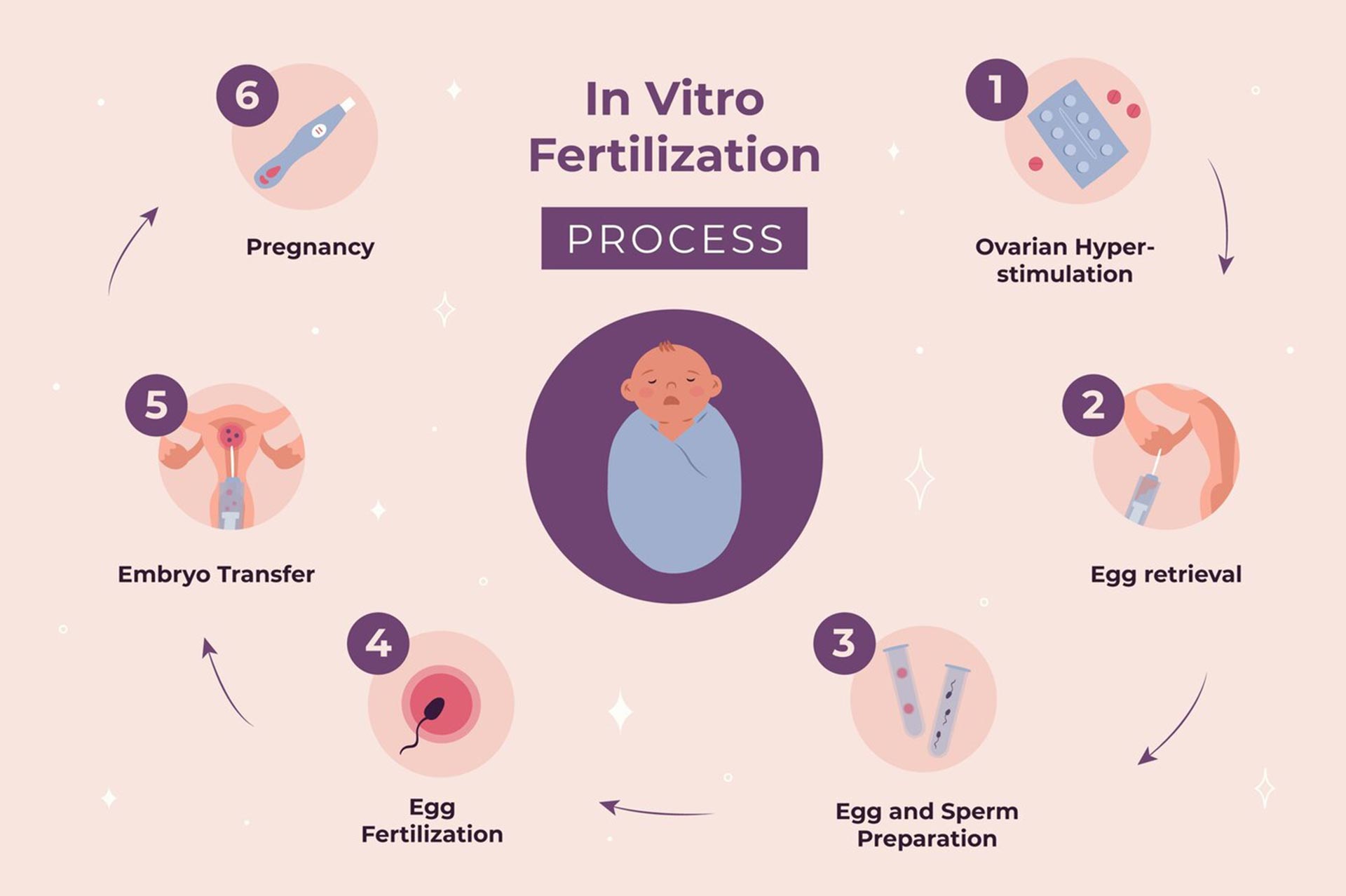
The IVF Process: A Step-by-Step Guide with a Twist
Let’s walk through the IVF journey like we’re mapping out a road trip. Each stop has its own vibe, challenges, and little secrets people don’t always talk about. Ready? Buckle up!
Step 1: Prepping Your Body (The Waiting Game)
Before anything happens, doctors check you out—blood tests, ultrasounds, the works—to see what’s up with your fertility. Then, if you’re the one carrying the baby, you start meds to kick your ovaries into high gear.
- What It Feels Like: Imagine taking a shot every day (yep, needles!) and feeling like a human pincushion. Some say it’s no big deal; others say it’s like PMS on steroids—bloating, mood swings, the whole package.
- Hidden Hobby Alert: A lot of people pick up journaling during this phase. It’s a way to vent about the shots, the waiting, and the “what ifs” swirling in their heads.
Tip: Keep a small notebook handy. Scribble down how you’re feeling—it’s cheaper than therapy and keeps you sane.
Step 2: Egg Retrieval (The Big Pickup)
Once your eggs are ready, doctors go in with a needle (don’t worry, you’re asleep for this) to collect them. It takes about 20 minutes, but the prep and recovery make it a half-day adventure.
- Cool Science: They use ultrasound to guide the needle—like a high-tech treasure hunt inside your body.
- Weird Privacy Bit: You’re out cold, but a team of strangers is handling your eggs. It’s a little like trusting a chef with your secret recipe—vulnerable but necessary.
Tip: Wear comfy clothes and bring a friend. You’ll feel groggy afterward and won’t want to drive.
Step 3: Fertilization (The Lab Magic)
In the lab, the eggs and sperm get cozy. Sometimes it’s natural (sperm swims to egg), sometimes it’s high-tech (they inject the sperm right in—a process called ICSI).
- Did You Know?: Not all eggs turn into embryos. On average, only about 60-70% make it. It’s like baking cookies—some just don’t rise.
- Secret Worry: People obsess over how many embryos they’ll get. Too few? Panic. Too many? What do you do with extras?
Step 4: Embryo Transfer (The Drop-Off)
A few days later, doctors pick the best embryo(s) and slide them into your uterus with a tiny tube. No anesthesia—just a quick, slightly awkward moment.
- What It’s Like: Think of it as a reverse pap smear. You’re awake, legs up, and hoping for the best.
- Fan Favorite Question: “Can I move after?” Nope, you don’t need to lie still for hours—studies say it doesn’t matter. Walk around, live your life!
Tip: Bring a playlist. Music can calm your nerves during the wait.
Step 5: The Two-Week Wait (The Torture Zone)
Now you wait 9-14 days to see if you’re pregnant. It’s the longest two weeks ever.
- Hobby Boom: People dive into distractions—knitting, binge-watching Netflix, even baking. One woman I heard about started painting tiny rocks to keep her mind off the test.
- Research Insight: A 2023 study from Johns Hopkins found that stress during this wait doesn’t affect success rates—so chill if you can!
Tip: Plan a fun project. It won’t change the outcome, but it’ll keep you from googling “early pregnancy signs” 50 times a day.
Who’s Doing IVF? The Surprising Faces Behind the Numbers
IVF isn’t just for one type of person—it’s a melting pot of stories. Here’s who’s jumping in and why.
The Classics: Couples with Infertility
About 1 in 8 couples struggle to get pregnant naturally. Blocked tubes, low sperm count, or unexplained issues push them toward IVF.
- Stat Check: Around 10% of women in the U.S. have used fertility treatments, per the CDC.
- Private Struggle: Many keep it hush-hush. One couple I read about only told their dog—seriously!
Single Moms and Dads by Choice
More single folks are saying, “Why wait?” They use donor sperm or eggs and go for it solo.
- Trend Alert: Single women using IVF spiked 40% from 2015 to 2020, says the American Society for Reproductive Medicine (ASRM).
- Fun Fact: Some join online “solo parent” groups and swap tips—like which sperm banks have the best reviews.
LGBTQ+ Families
Same-sex couples and trans individuals use IVF with donors or surrogates to build their families.
- Real Talk: Lesbian couples often pick donors based on quirky traits—like “loves hiking” or “plays guitar.” It’s like dating, but for DNA!
- Quote: “IVF gave us a chance to create life on our terms,” says Dr. Lisa Chen, a reproductive endocrinologist who’s seen this trend grow.
Fertility Savers
Young people facing cancer or other health issues freeze eggs or embryos before treatment. IVF makes it possible later.
- Wow Stat: Over 5,000 babies have been born from frozen eggs since 2018, per a 2024 fertility report.
The Emotional Rollercoaster: What No One Tells You
IVF isn’t just shots and lab dishes—it’s a wild ride for your heart and mind. Here’s the stuff people whisper about but rarely shout.
The Highs
- Hope: Every step feels like a mini victory—eggs retrieved, embryos made, transfer done.
- Connection: Couples say it bonds them. One guy told his wife, “We’re in this science experiment together!”
The Lows
- Uncertainty: Will it work? The not-knowing can eat you alive.
- Guilt: If it fails, some blame themselves—“Is my body broken?” Nope, it’s just biology playing hardball.
Secret Hobbies That Save Sanity
- Gardening: Planting seeds while waiting for embryos to “grow” feels poetic.
- Puzzles: 1,000-piece jigsaws are weirdly popular—control in a chaotic time.
- Online Forums: People spill their guts anonymously on sites like Reddit’s r/IVF. It’s raw, real, and oddly comforting.
Tip: Find your “thing.” It doesn’t have to be fancy—coloring books work too!
Research Says…
A 2022 study in Fertility and Sterility found 40% of IVF patients felt “moderate to severe” stress. But here’s the kicker: those who leaned on support (friends, groups, even pets) bounced back faster.
Success Rates: What’s the Real Deal?
Everyone wants to know: Will IVF work? The answer’s not simple—it depends on a bunch of stuff.
By the Numbers
- Under 35: About 46% of cycles lead to a live birth (using your own eggs).
- 38-40: Drops to 22%.
- Over 40: Around 13%, says the CDC’s 2023 data.
- Frozen Embryos: Slightly better odds—up to 50% for younger folks.
What Boosts Your Chances?
✔️ Age: Younger is better—your eggs are fresher.
✔️ Healthy Habits: No smoking, moderate weight, less stress (easier said than done!).
✔️ Clinic Quality: Some places are wizards; others, not so much. Check their stats on SART.org.
What Tanks It?
❌ Age (Again): After 40, egg quality dips fast.
❌ Health Issues: Things like PCOS or endometriosis can complicate it.
❌ Bad Luck: Sometimes it’s just a roll of the dice—science can’t fix everything.
Quote: “Success isn’t guaranteed, but every cycle teaches us something new,” says Dr. Maria Gonzalez, a fertility expert with 20 years in the game.
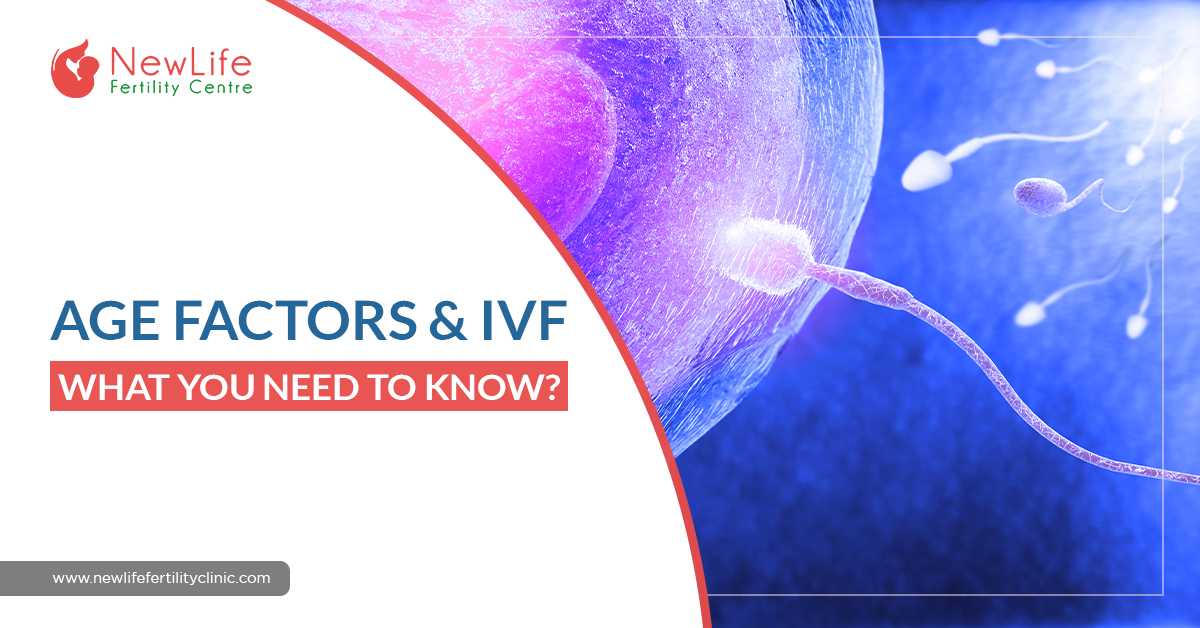
Costs and Cash: Breaking Down the Price Tag
IVF isn’t cheap—it’s like buying a car, but with way more emotions involved. Let’s talk dollars and sense.
The Basics
- One Cycle: $12,000-$15,000 in the U.S., says ASRM. Add $5,000+ for meds.
- Extras: Freezing embryos? $1,000 a year. Genetic testing? Another $3,000.
Hidden Costs
- Travel: Clinics might be hours away—gas, hotels, time off work add up.
- Emotional Toll: Therapy isn’t free, and many need it.
- Failed Cycles: Most people need 2-3 tries. Do the math—that’s $30,000+.
How to Pay Less
✔️ Insurance: Some states (like NY or CA) mandate coverage—check yours.
✔️ Grants: Groups like BabyQuest give money to hopeful parents.
✔️ Clinics: Some offer “shared risk” plans—pay upfront, get refunds if it fails.
Tip: Ask your clinic about payment plans. They’ve heard it all and might surprise you with options.
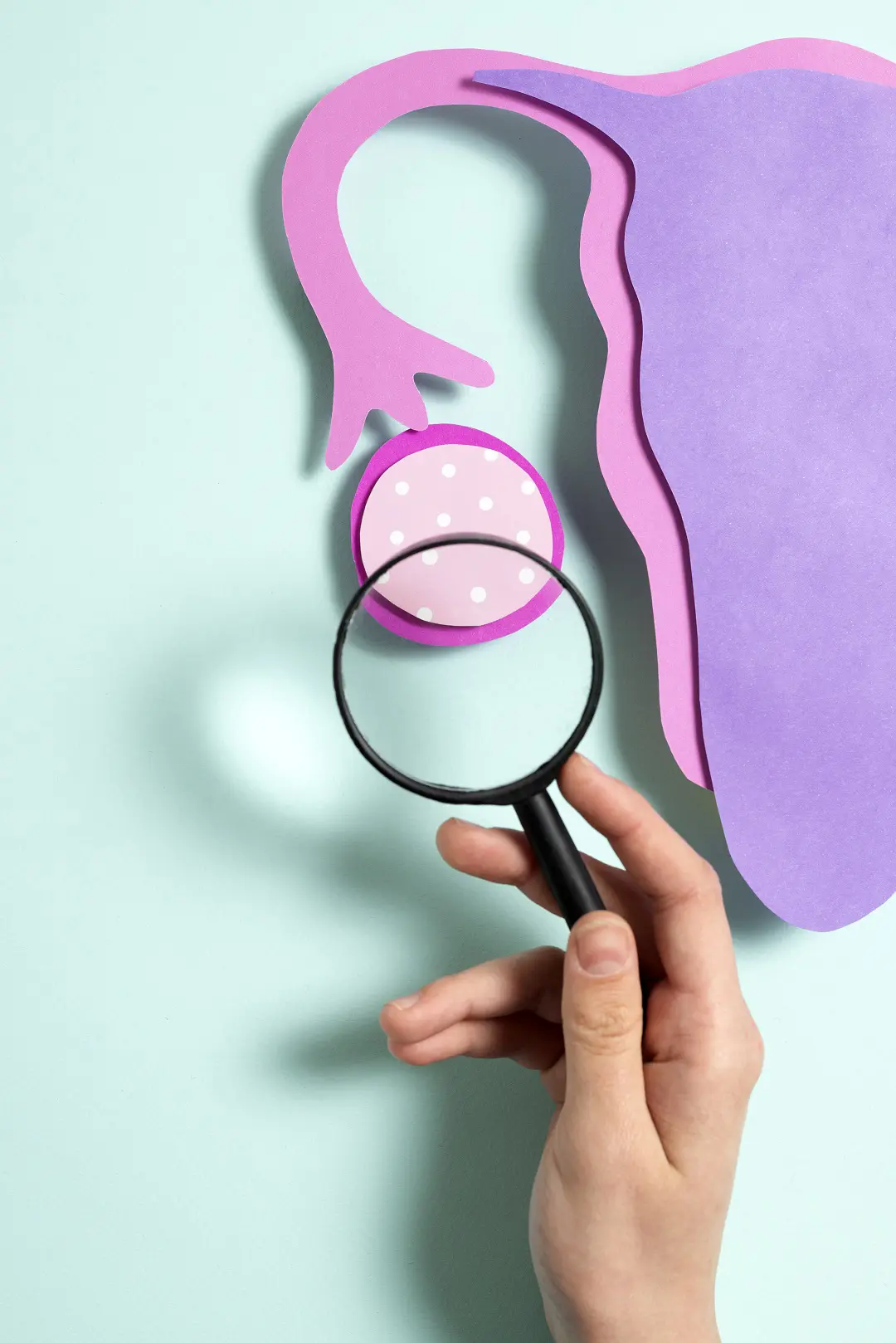
Risks and Realities: What Could Go Wrong?
IVF’s not all sunshine and rainbows. There are bumps—some small, some big. Here’s what to watch for.
Physical Risks
- OHSS: Ovarian hyperstimulation syndrome—your ovaries freak out from meds. Rare (1-5%), but it can mean bloating, pain, even hospital time.
- Multiples: Twins or triplets sound cute, but they up the risk of preterm birth.
- Miscarriage: Same odds as natural pregnancy—about 15-20%.
Emotional Risks
- Burnout: Cycles fail, hope fades, repeat. It’s exhausting.
- Relationships: Some couples grow closer; others fight over “what’s next.”
Latest Research
A 2024 study in Genome Medicine found nearly half of IVF embryos stop growing early due to genetic glitches—not egg issues, but cell division snafus. Scientists think tweaking lab methods could cut this number down.
Tip: Talk to your doctor about “single embryo transfer” to lower twin risks—it’s safer and just as effective.
The Cool Science Stuff: What’s New in IVF?
IVF’s not stuck in the ’70s—science is pushing it forward. Here’s the cutting-edge scoop.
AI in the Lab
- What’s Happening: Artificial intelligence picks the best embryos by analyzing growth patterns. It’s like a robot talent scout!
- Impact: A 2023 trial showed AI boosted success rates by 10% in some clinics.
In Vitro Gametogenesis (IVG)
- The Gist: Scientists are turning skin cells into eggs or sperm. Yep, you read that right—skin into babies!
- When?: Still experimental, but mice pups were born this way in 2022. Humans? Maybe a decade out.
Time-Lapse Imaging
- How It Works: Cameras watch embryos 24/7 to spot the strongest ones.
- Why It’s Awesome: Less guesswork, better picks, higher odds.
Quote: “The future of IVF is about precision—less trial, more triumph,” says Dr. Sam Patel, a pioneer in fertility tech.
IVF Myths: Busting the Big Ones
There’s a ton of nonsense floating around about IVF. Let’s clear the air.
Myth 1: IVF Babies Are “Unnatural”
- Truth: They’re as human as anyone—same DNA, just a different start. Studies show no big health differences long-term.
Myth 2: It Always Works
- Truth: Nope. Even the best clinics fail sometimes. It’s a chance, not a sure thing.
Myth 3: It’s Only for Rich People
- Truth: Costs are high, but grants, insurance, and cheaper options abroad (like India—$3,000 a cycle!) make it more doable.
Tip: Don’t believe everything you hear—ask your doctor or dig into legit sites like HFEA.gov.uk.
Practical Tips: How to Rock Your IVF Journey
Ready to dive in? Here’s your game plan to make it smoother.
Before You Start
✔️ Research Clinics: Look at success rates, reviews, and vibes. Visit if you can.
✔️ Get Fit: Eat well, sleep lots, cut booze—your body’s the star player.
✔️ Save Up: Start a “baby fund” now. Every penny counts.
During the Process
✔️ Ask Questions: “What’s my egg count?” “Why this med?” Knowledge is power.
✔️ Lean on People: Friends, family, or online buddies—don’t go it alone.
✔️ Track Everything: Meds, appointments, feelings—use an app or notebook.
After the Wait
✔️ Celebrate Small Wins: Positive test or not, you’re a warrior.
✔️ Plan Next Steps: Failed? Talk options—another round, adoption, whatever fits.
Tip: Treat yourself after big steps—a movie, a cupcake, something to say “I’m proud of me.”
The IVF Community: You’re Not Alone
One of the best parts of IVF? The people. There’s a whole world out there cheering you on.
Online Hangouts
- Reddit: r/infertility and r/IVF are goldmines—real stories, no filter.
- Instagram: Hashtags like #IVFJourney or #TTC (trying to conceive) connect you to thousands.
Real-Life Vibes
- Support Groups: Clinics often host them—swap tips, cry, laugh, repeat.
- Hobby Clubs: Some start IVF craft nights—think “knit while you wait.”
Fun Fact: A 2021 survey found 67% of IVF-ers found comfort in patient stories online. You’re part of something big!
Let’s Talk: What’s Your IVF Story?
IVF’s a journey—messy, hopeful, wild, and totally unique to you. What’s on your mind? Have you tried it? Are you curious? Drop a comment below—I’d love to hear your thoughts, questions, or even your favorite IVF distraction hobby. Maybe you’re a puzzle pro or a gardening guru now—spill the beans!
And hey, if this helped you, share it with someone who needs it. Let’s keep the convo going—because no one should feel alone on this ride.
